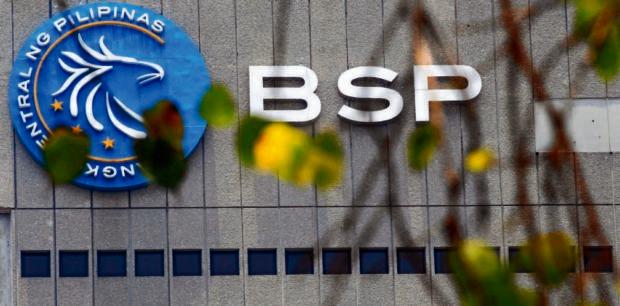MANILA, Philippines—The steady growth in liquidity in the Philippine financial system has once more failed to translate into new loans necessary to boost economic growth, meaning both lenders and borrowers remain risk-averse due to the lingering effects of the COVID-19 pandemic.
In a statement, the Bangko Sentral ng Pilipinas (BSP) cited preliminary data showing that outstanding loans of universal and commercial banks—excluding their short term deposits with the regulator—declined by 5 percent year-on-year in April.
This followed a 4.5-percent contraction in March, and marks the fifth consecutive month of contraction for bank lending which is a key indicator of the economy’s growth prospects. On a month-on-month seasonally-adjusted basis, outstanding universal and commercial bank loans fell by 0.3 percent.
All this happened in an environment of rising liquidity under the prevailing loose monetary policy regime, with the regulator hoping that historic low interest rates will encourage more borrowing but, so far, to no avail.
Preliminary data showed that money supply in the local financial system grew by 5.1 percent year-on-year to about ₱14.2 trillion in April 2021. This was slower than the 8.3-percent expansion recorded in March. On a month-on-month seasonally-adjusted basis, money supply went up by 0.5 percent.
“Bank lending remained weak as measures to contain the resurgence in COVID-19 cases constrained domestic economic activity and continued to dampen market sentiment,” the BSP said, adding that consumer loans to residents decreased by 10.2 percent in April after declining by 9.9 percent in March due mainly to the continued drop in credit card and motor vehicle loans.
Outstanding loans to residents decreased by 4.5 percent while outstanding loans to non-residents declined by 20.2 percent.
Likewise, outstanding loans to key industries fell, specifically to wholesale and retail trade and repair of motor vehicles and motorcycles (minus 10.2 percent), manufacturing (minus 9.8 percent), and financial and insurance activities (minus 6.8 percent).
The decline in outstanding loans to these sectors was partly tempered by the growth in loans to professional, scientific and technical activities (106.9 percent); real estate activities (2.4 percent); and human health and social work activities (8.5 percent). Overall outstanding loans for production activities fell by 3.9 percent in April after a 3.2-percent decline in March.
“Going forward, the BSP’s key priority is to preserve policy support to facilitate the recovery of the domestic economy,” the BSP said.
“The BSP thus stands prepared to take appropriate measures as necessary to ensure favorable financing conditions in support of domestic economic activity and market sentiment, consistent with its price and financial stability mandates,” it added.
TSB
